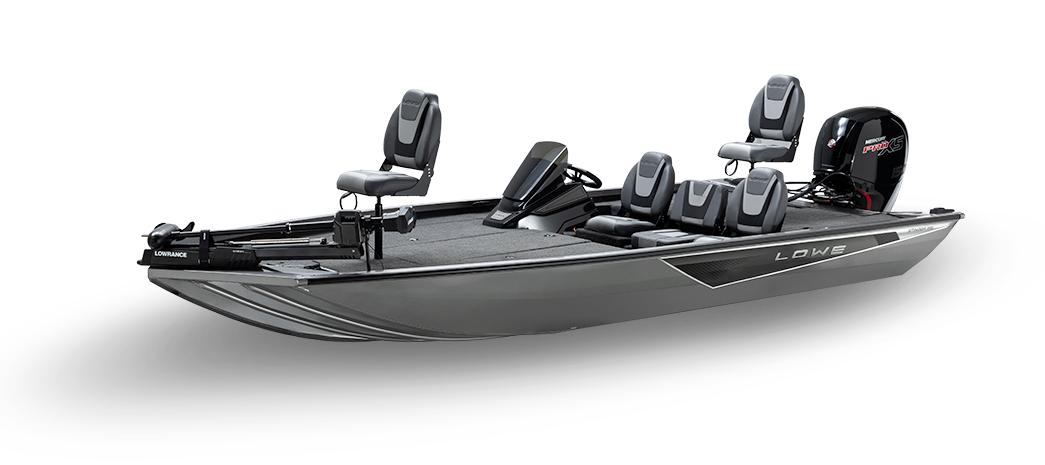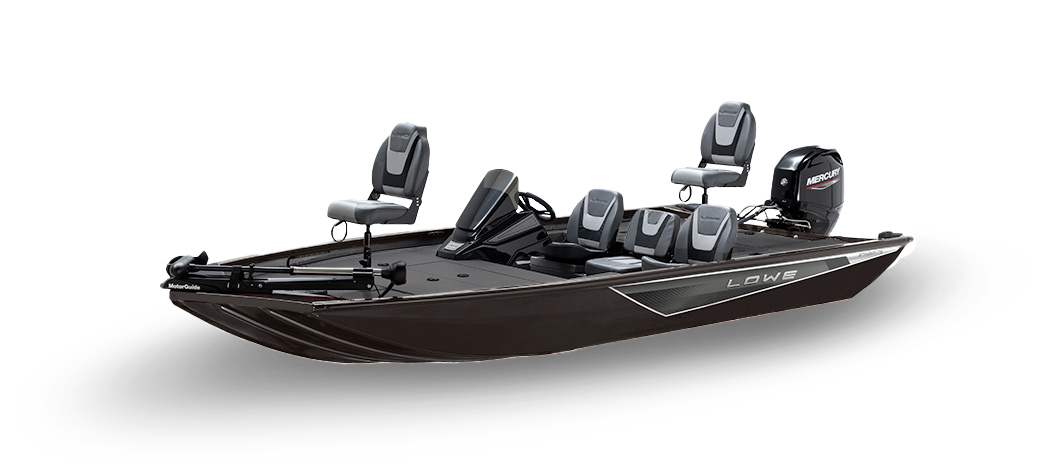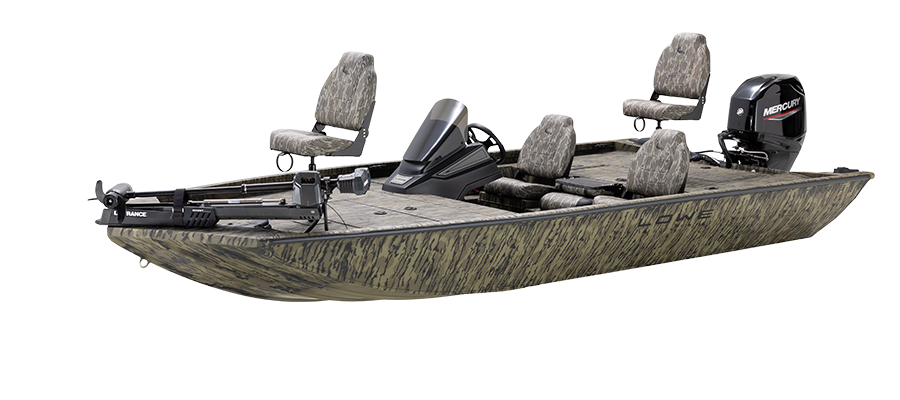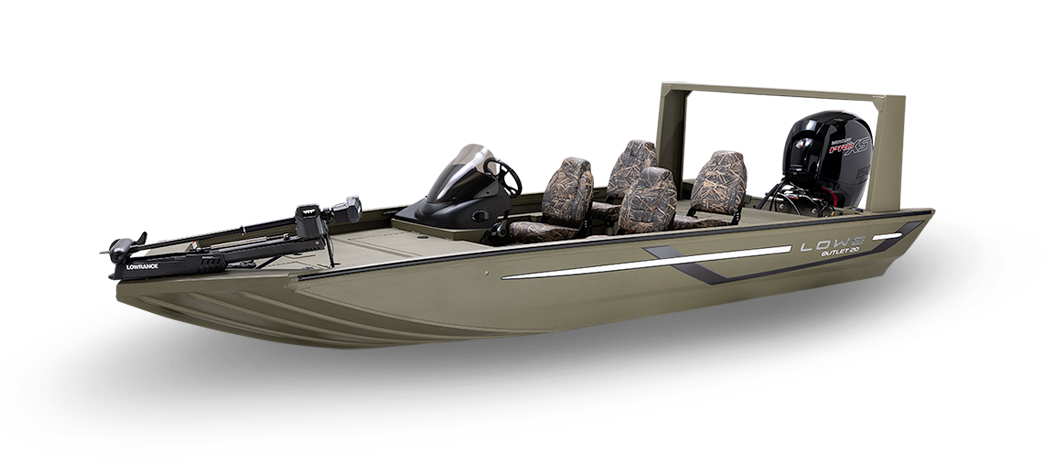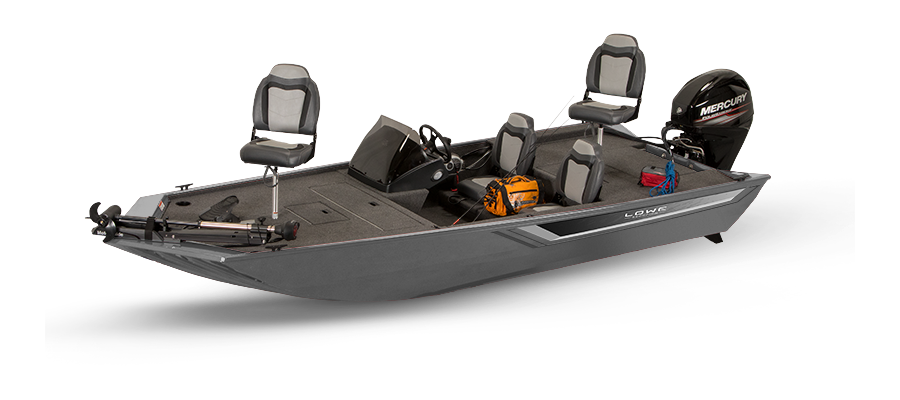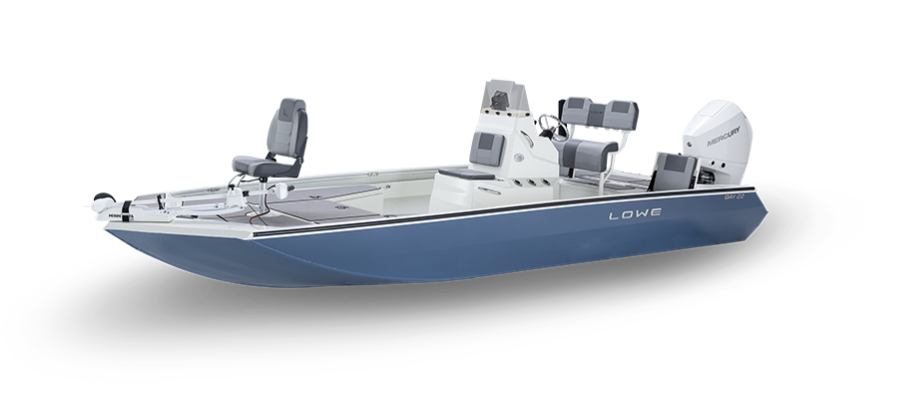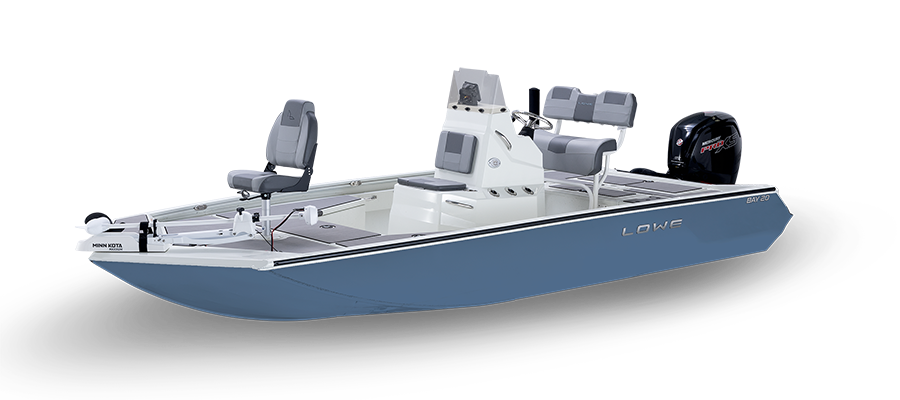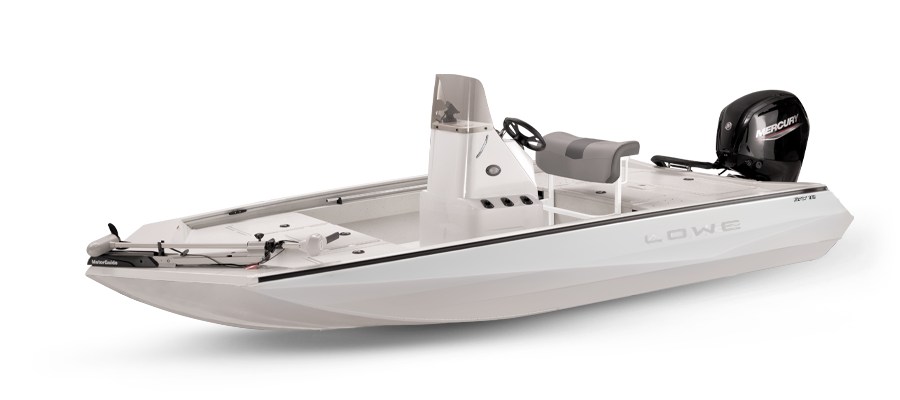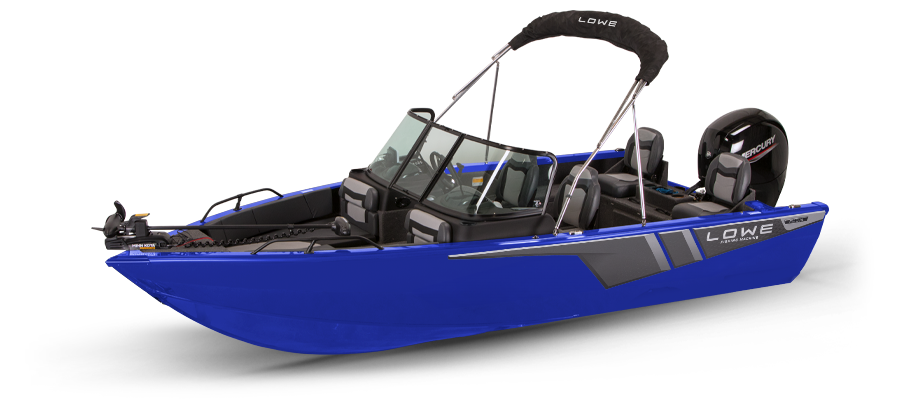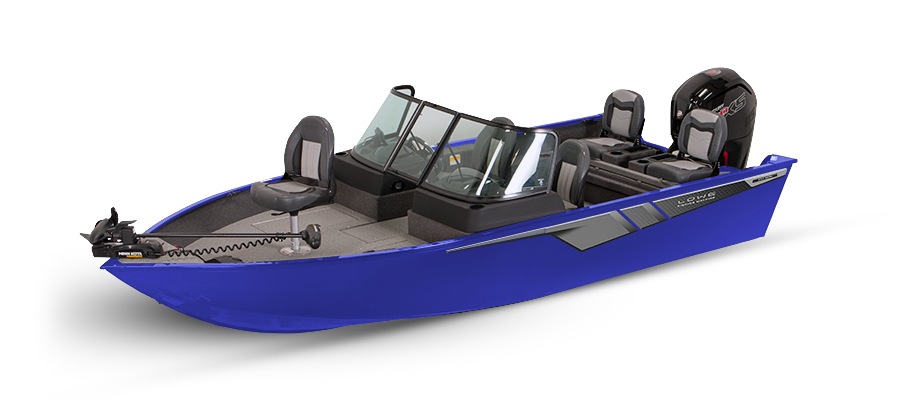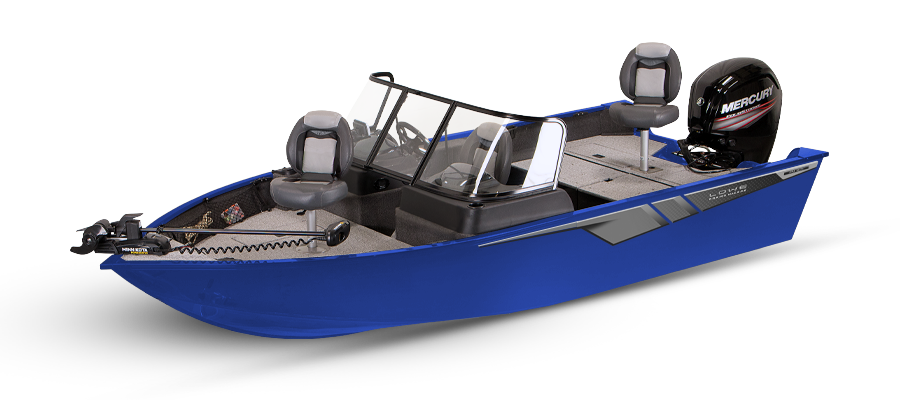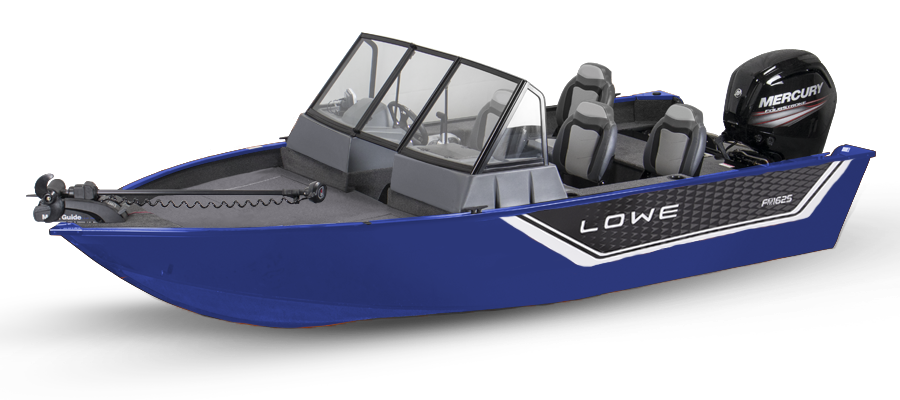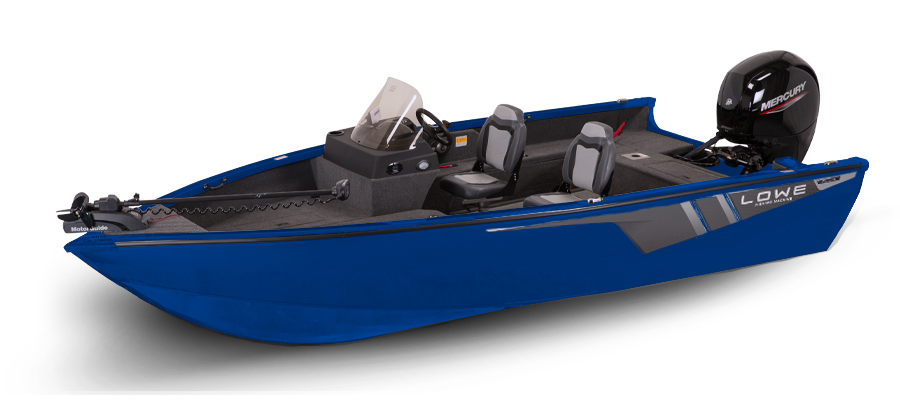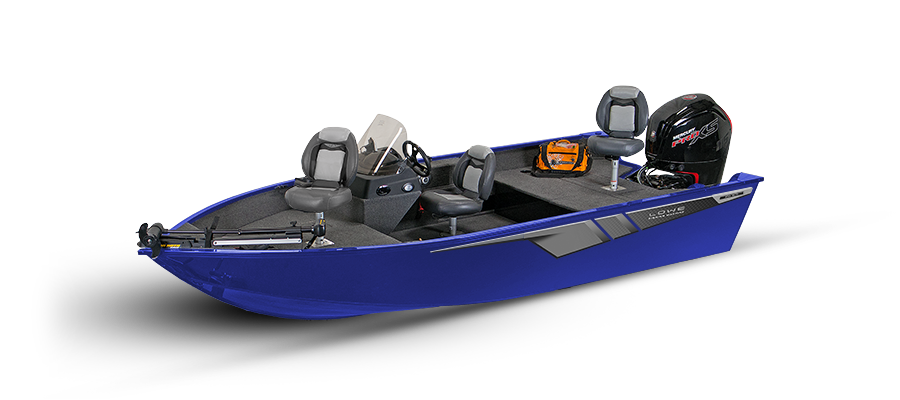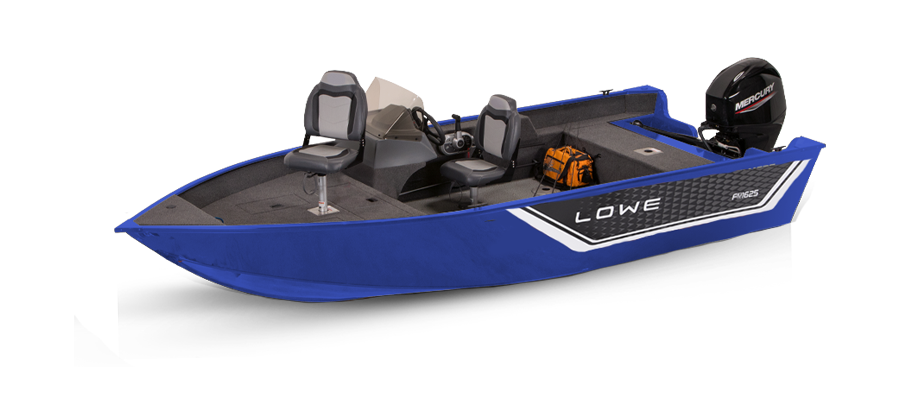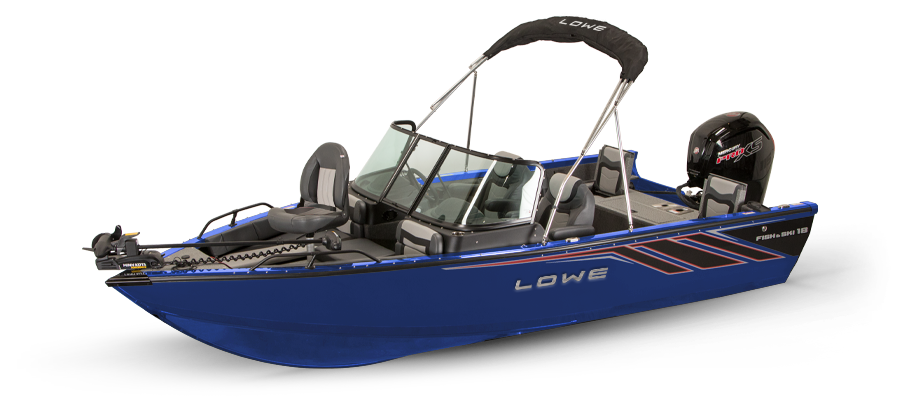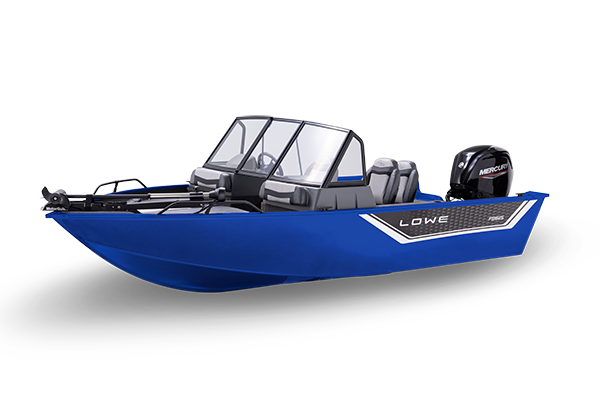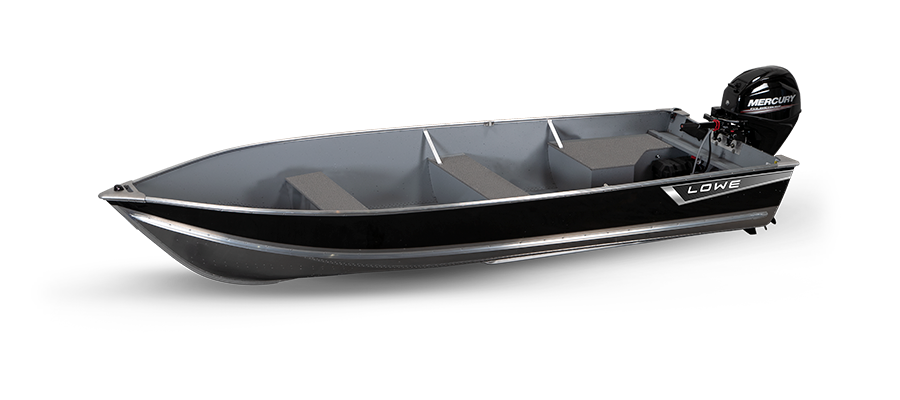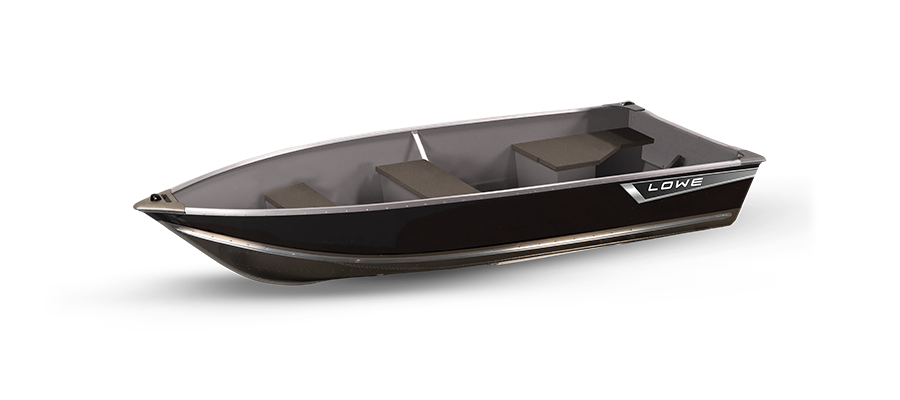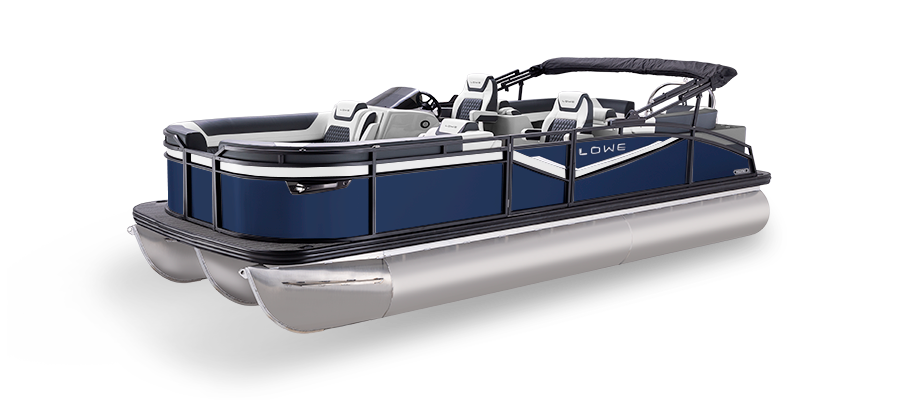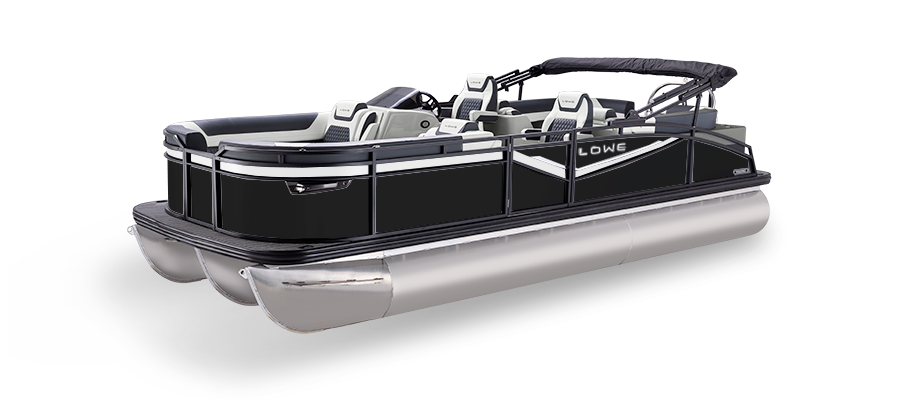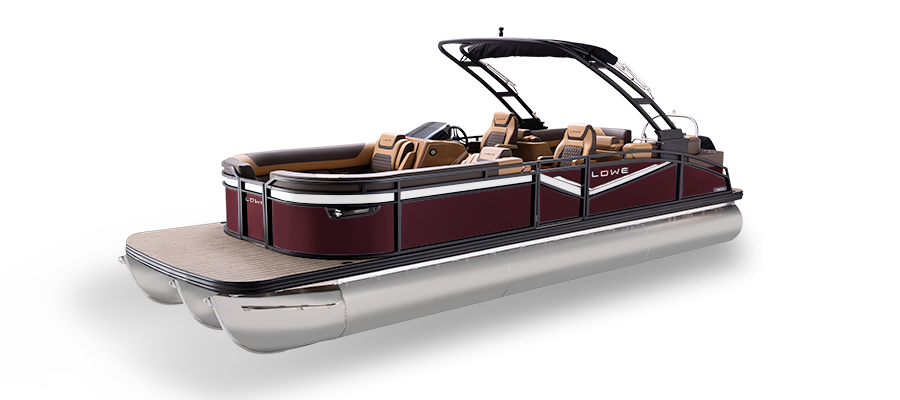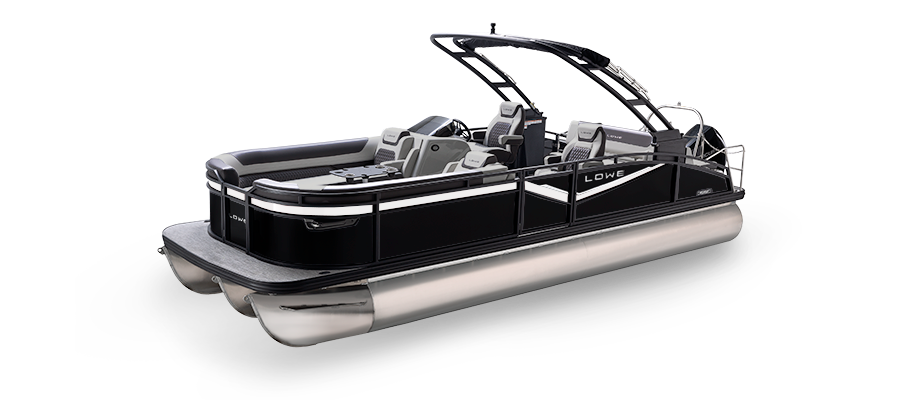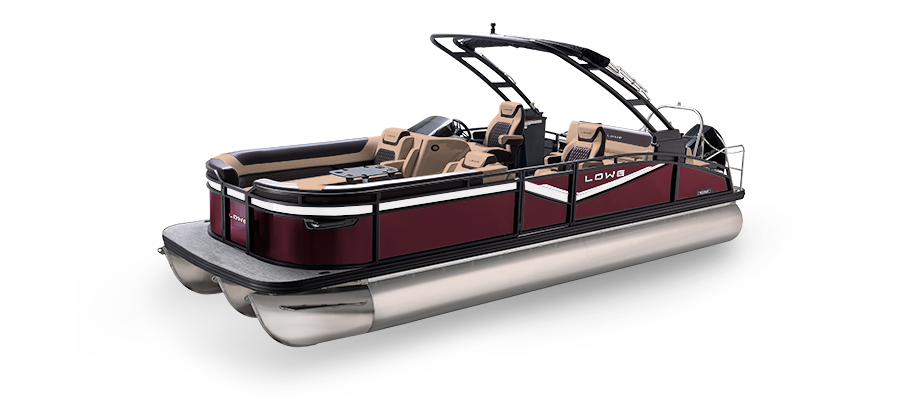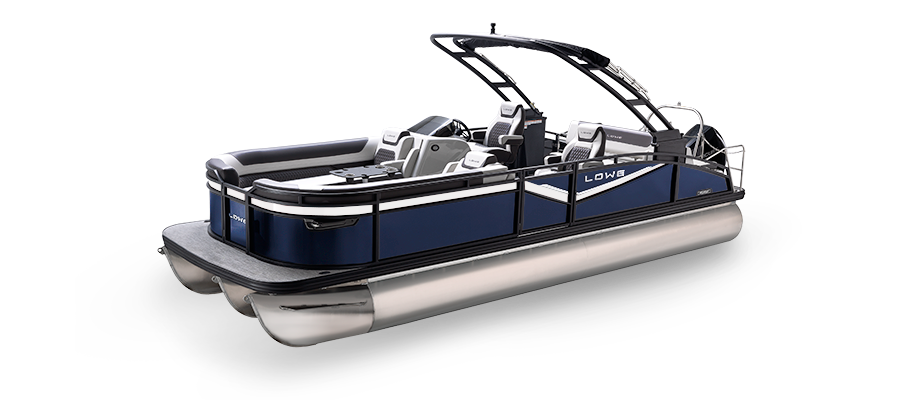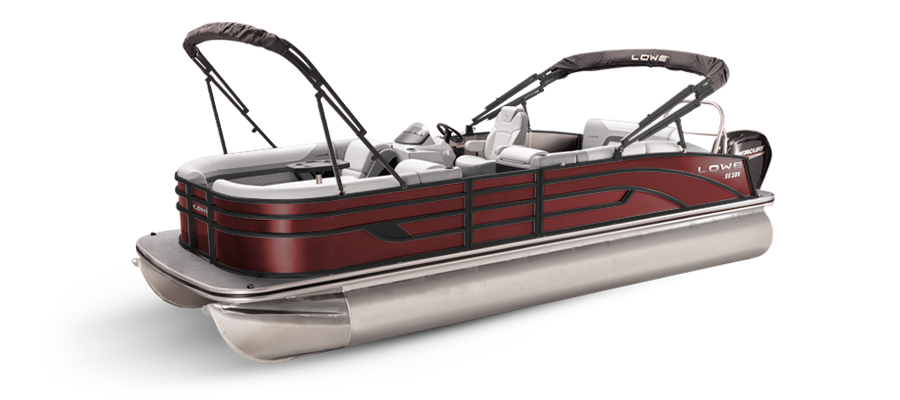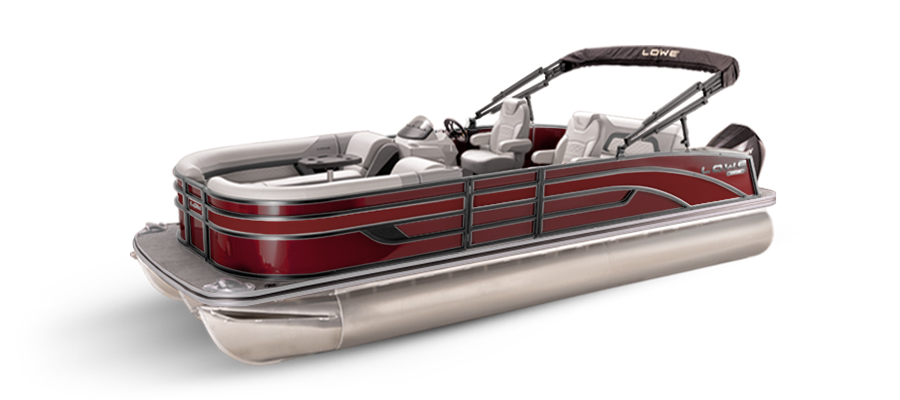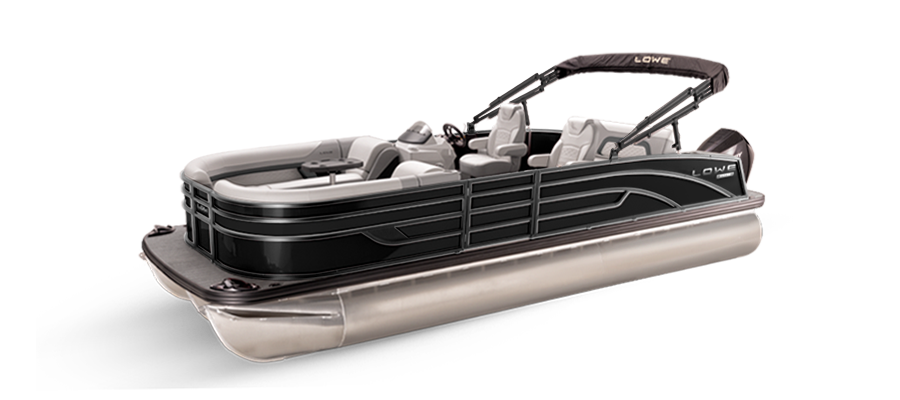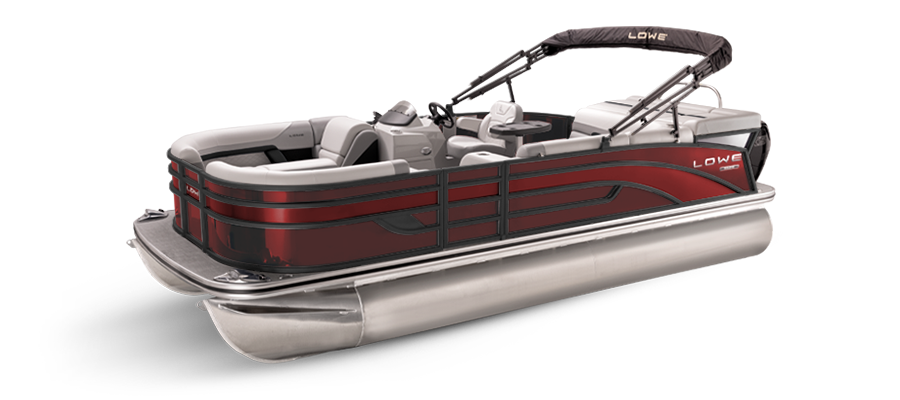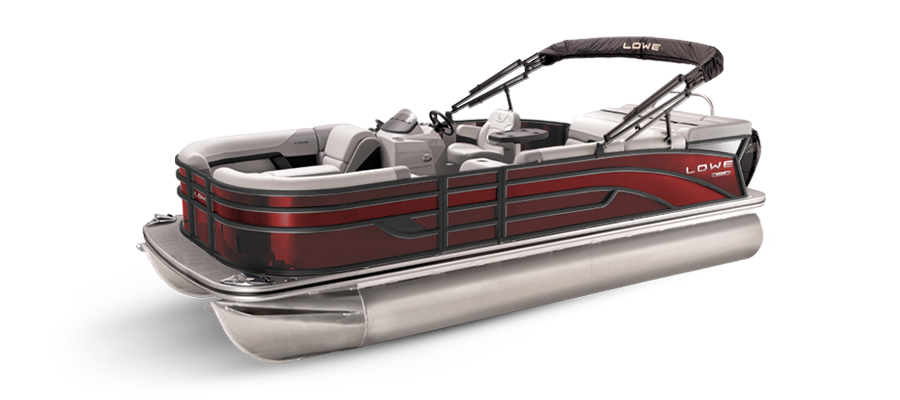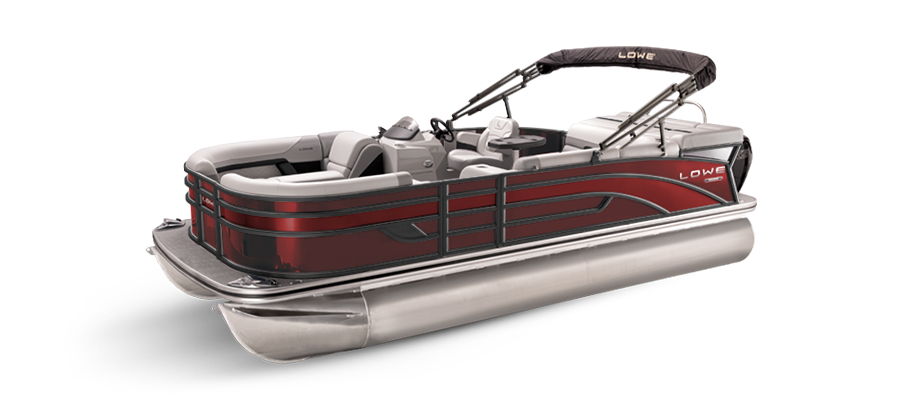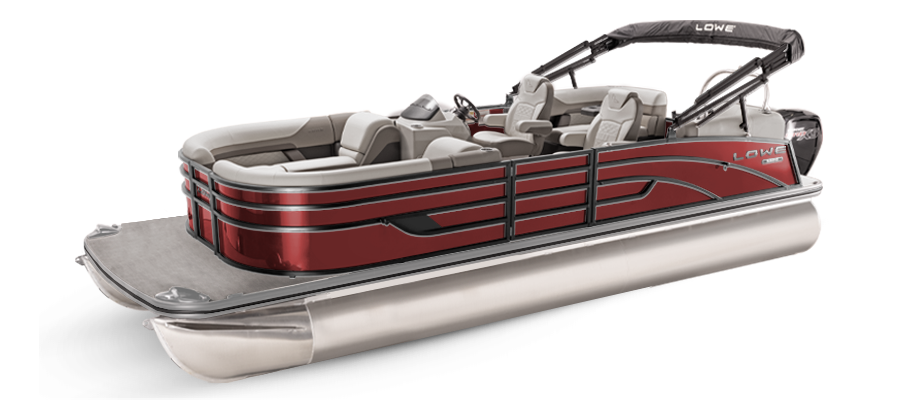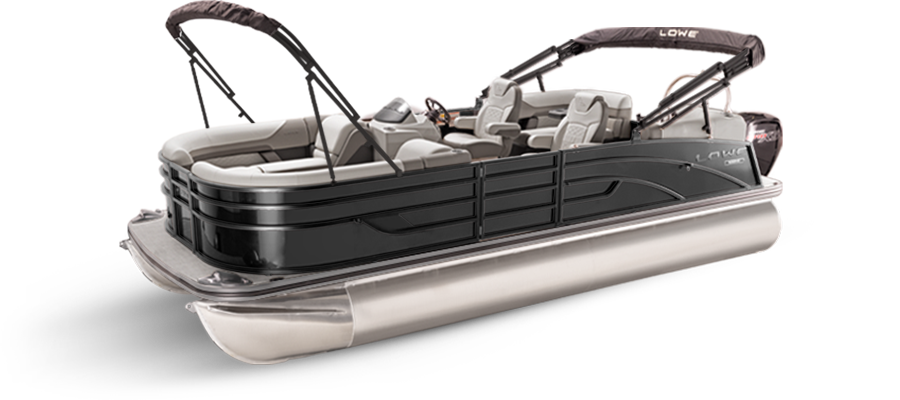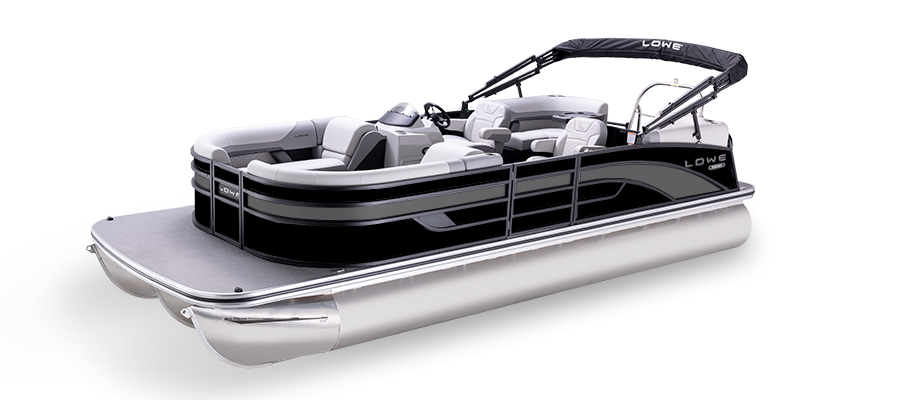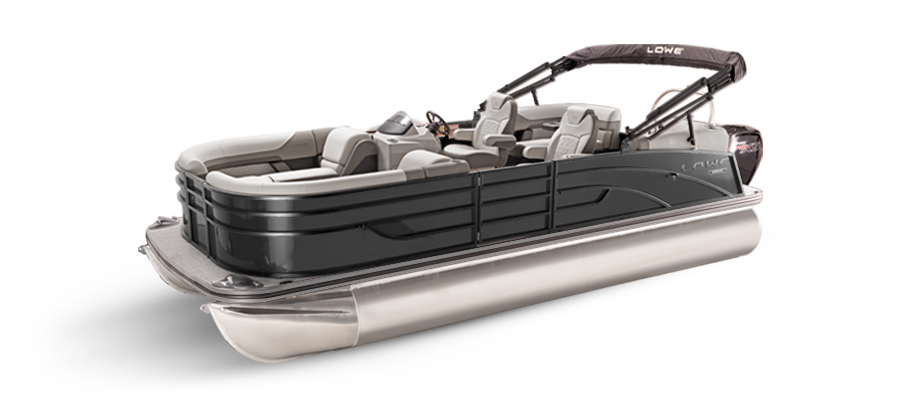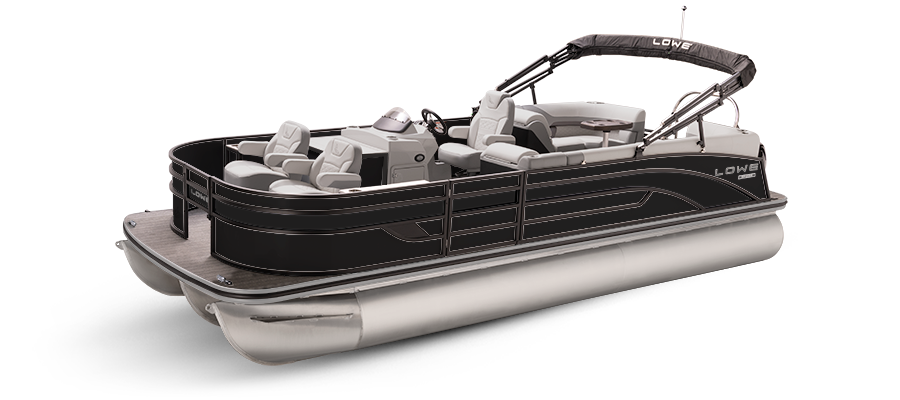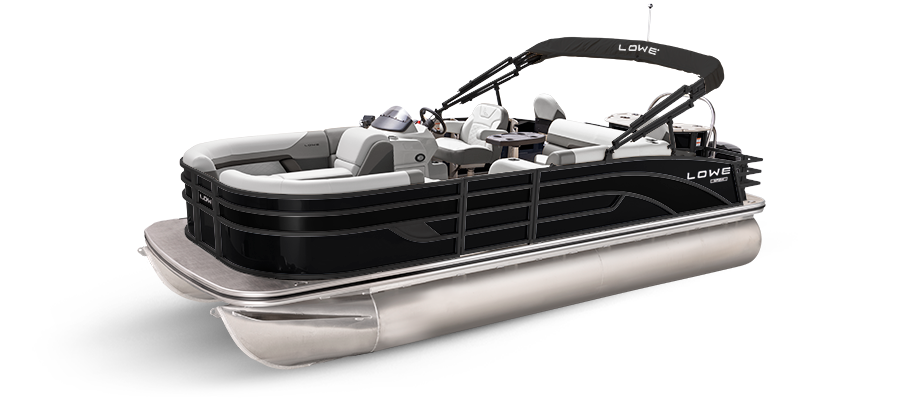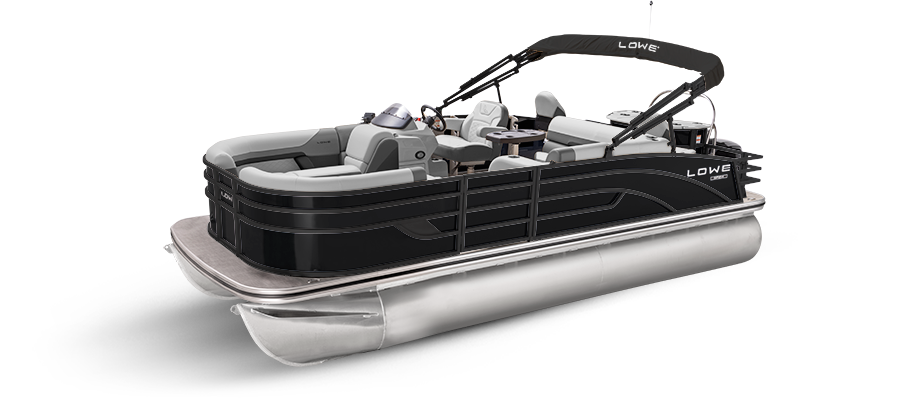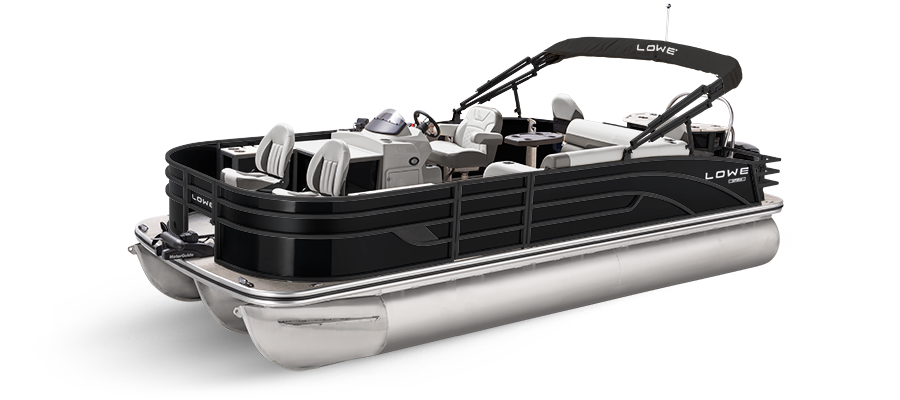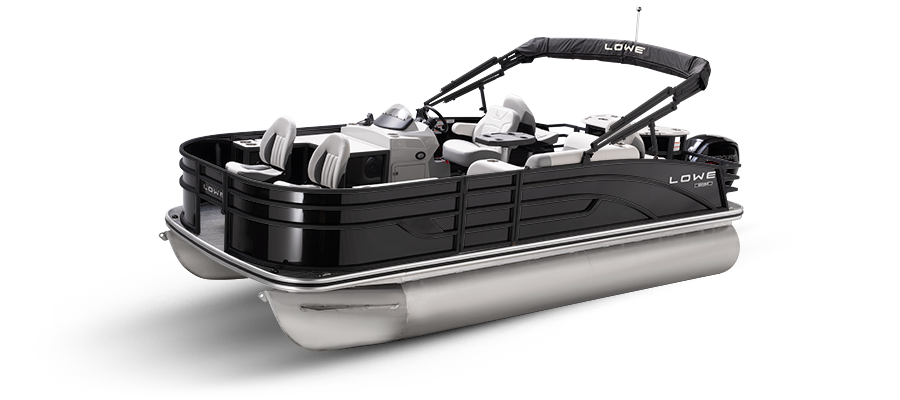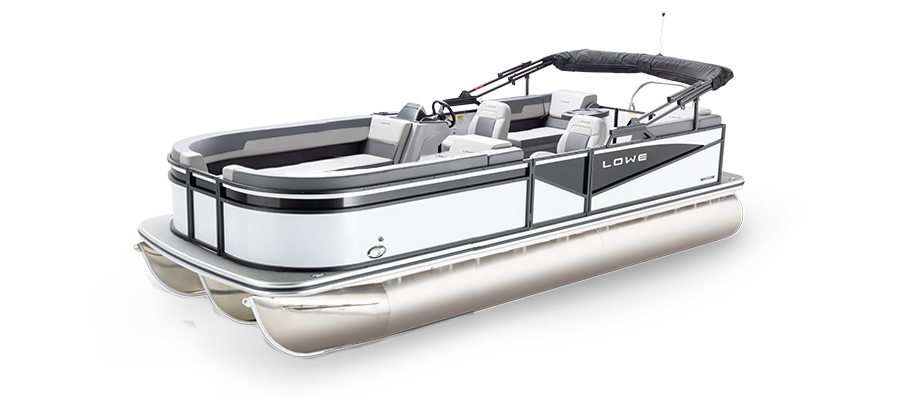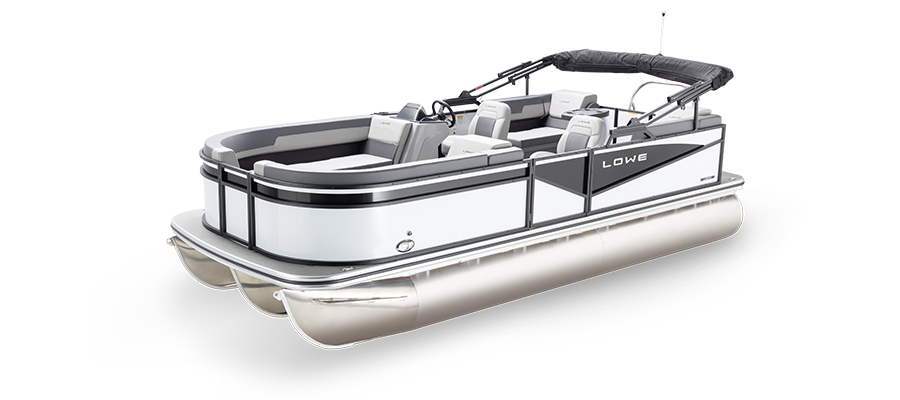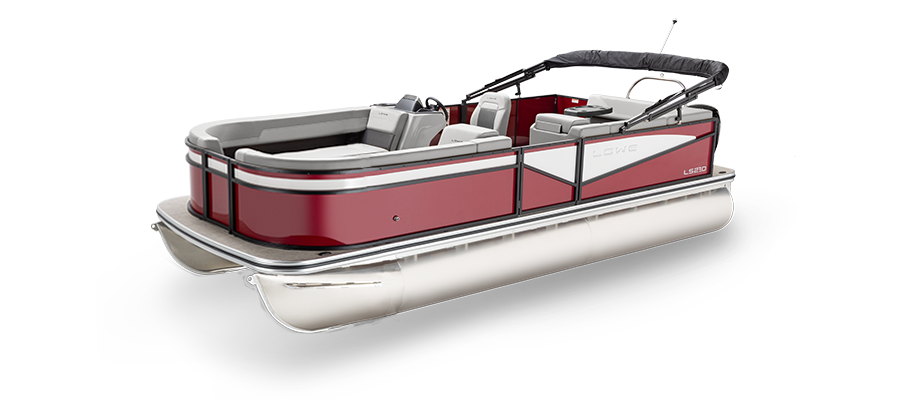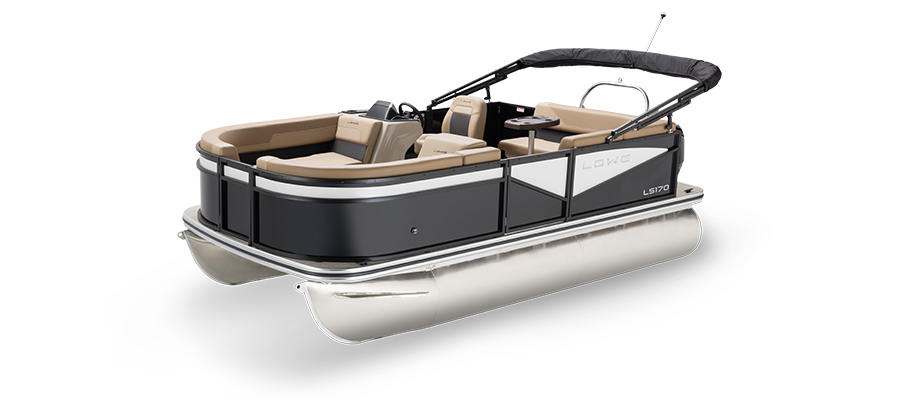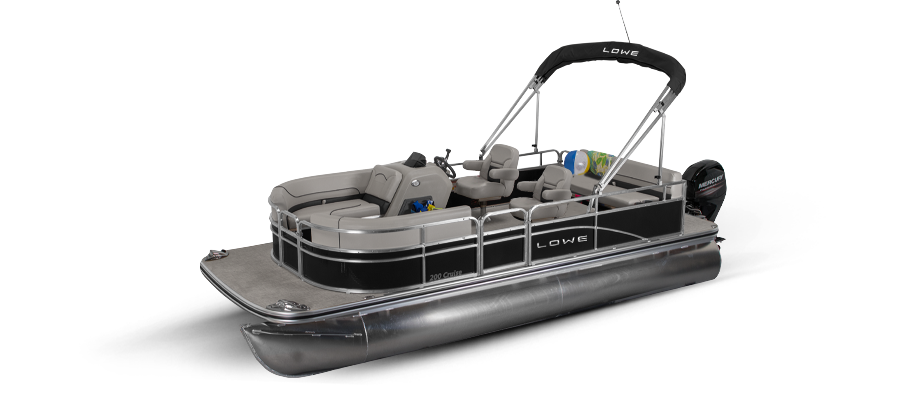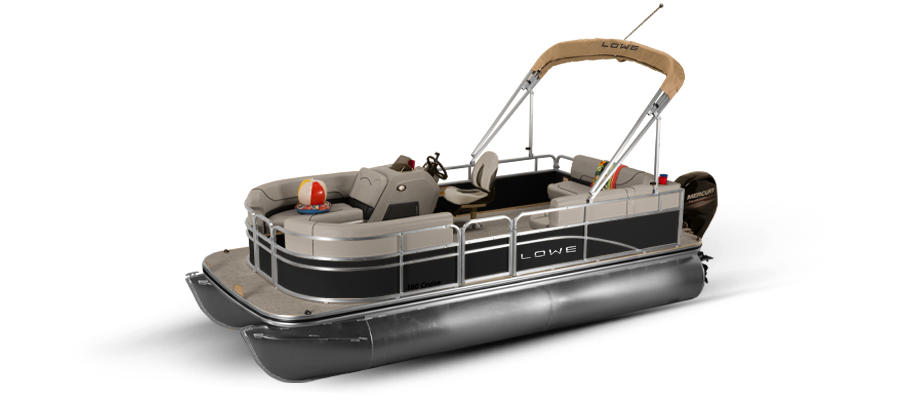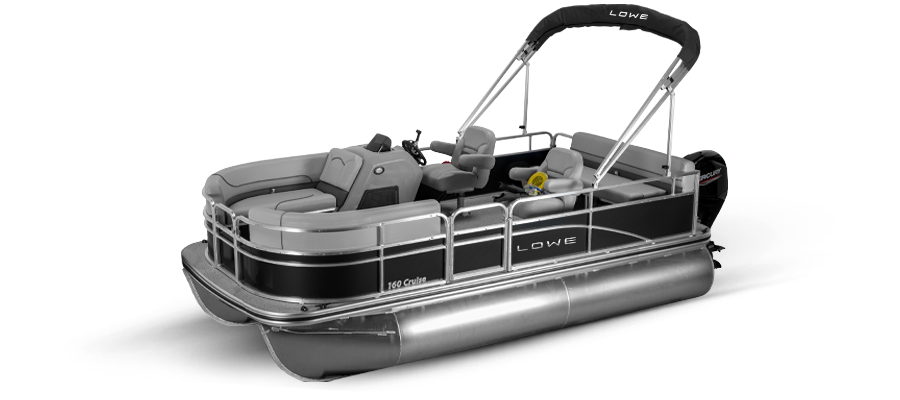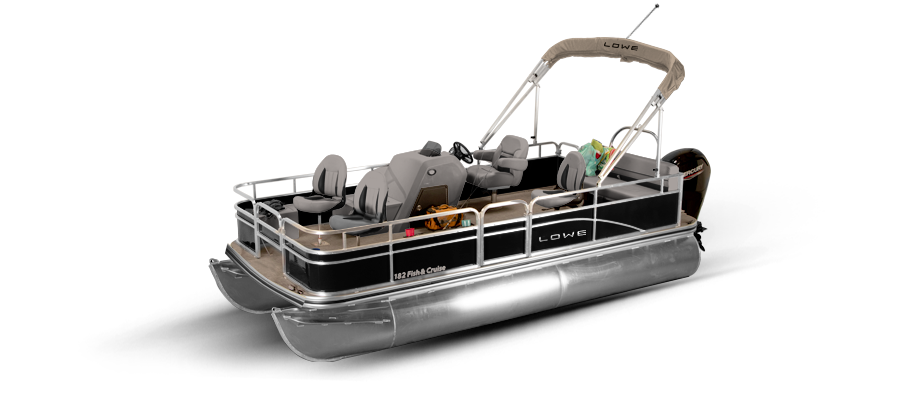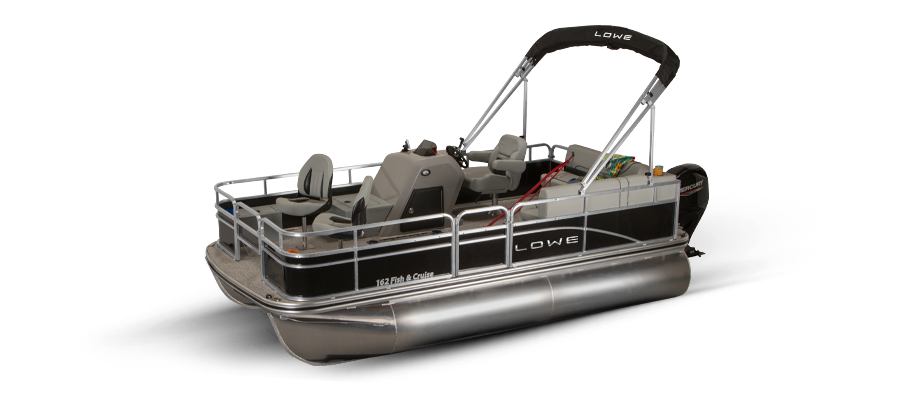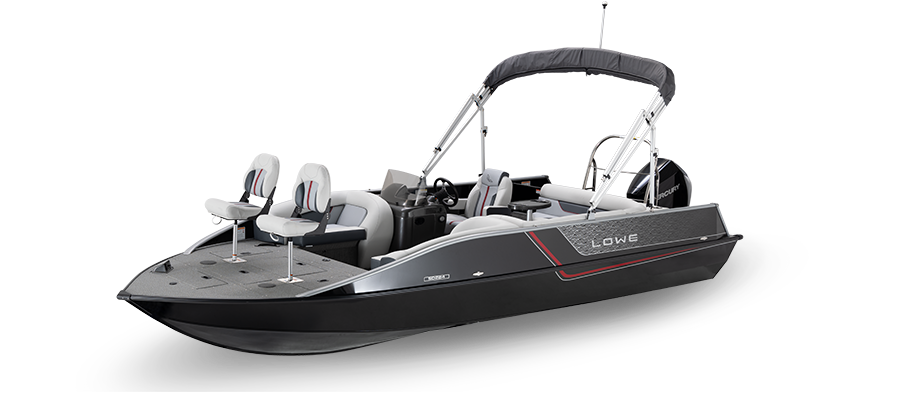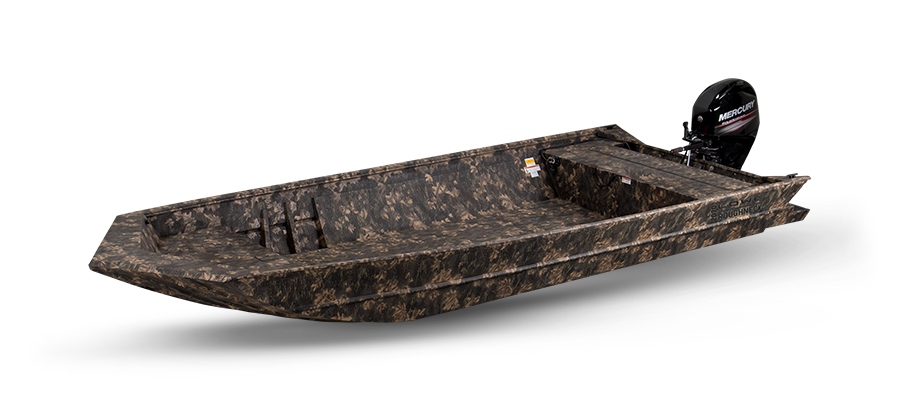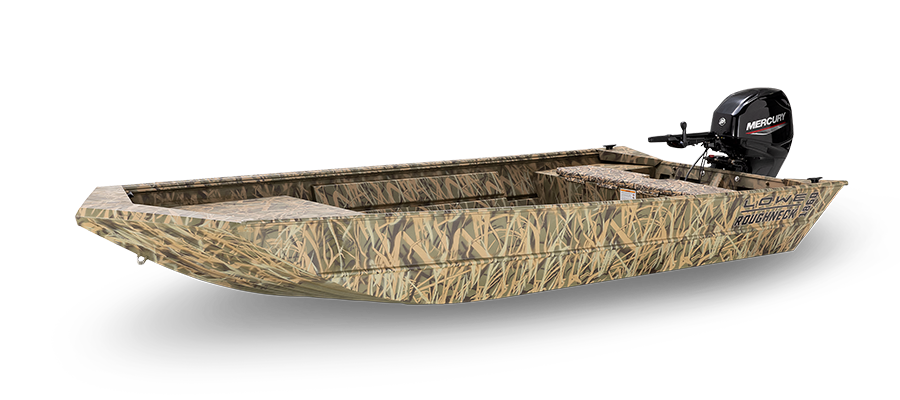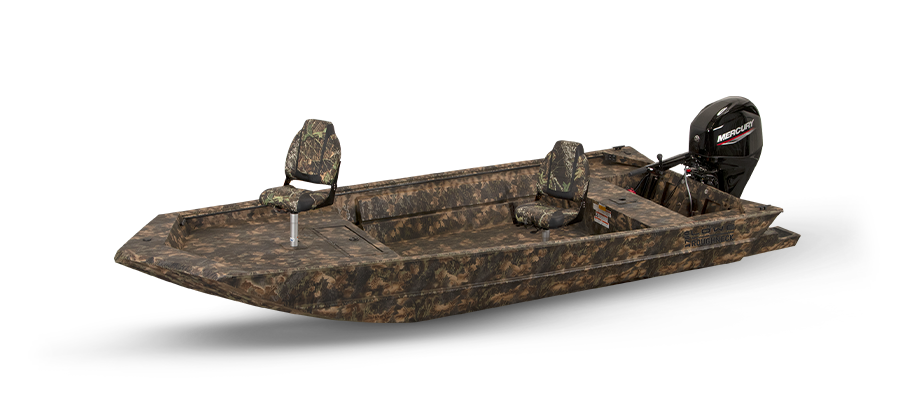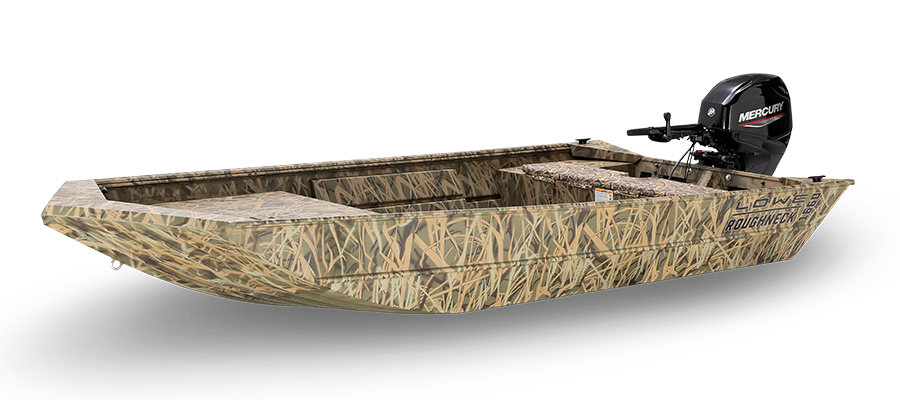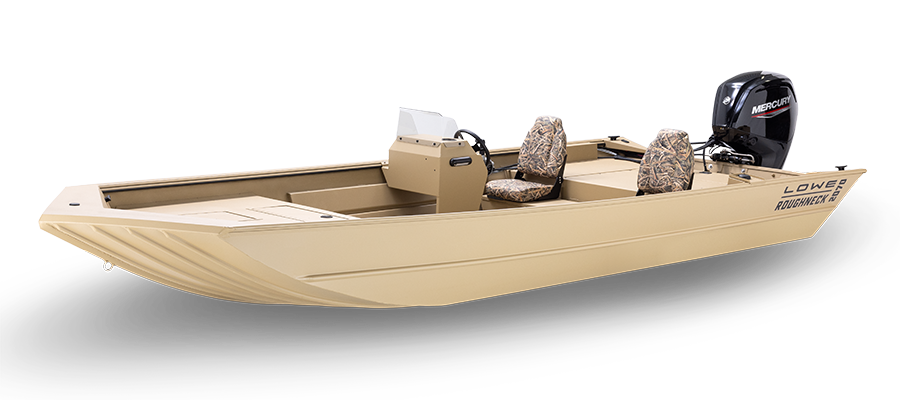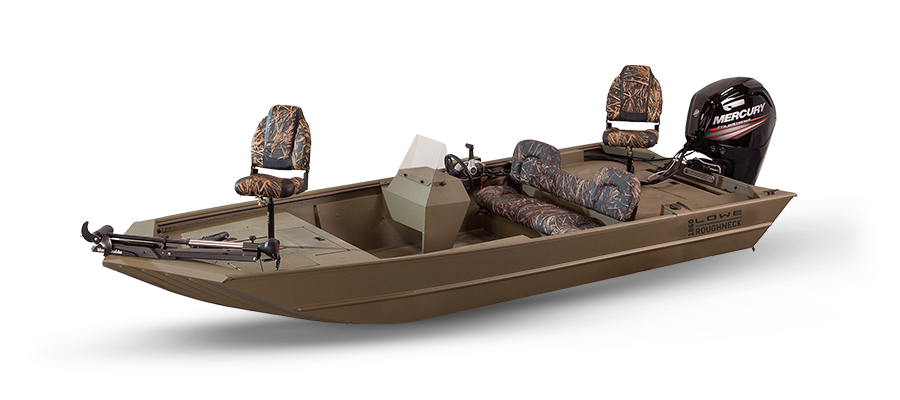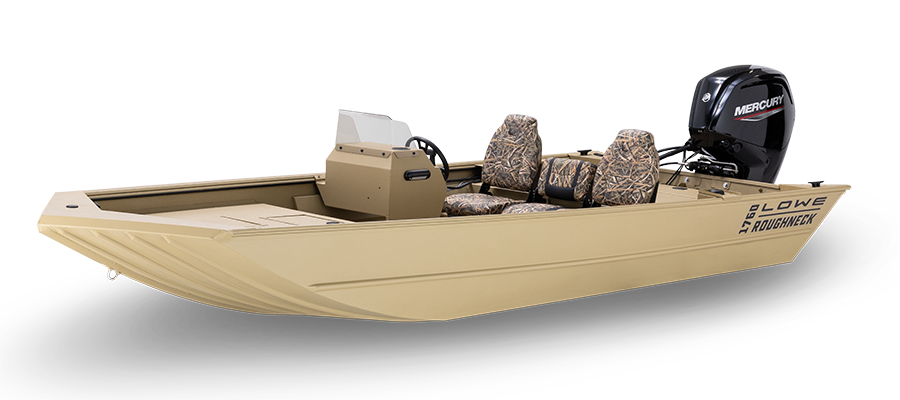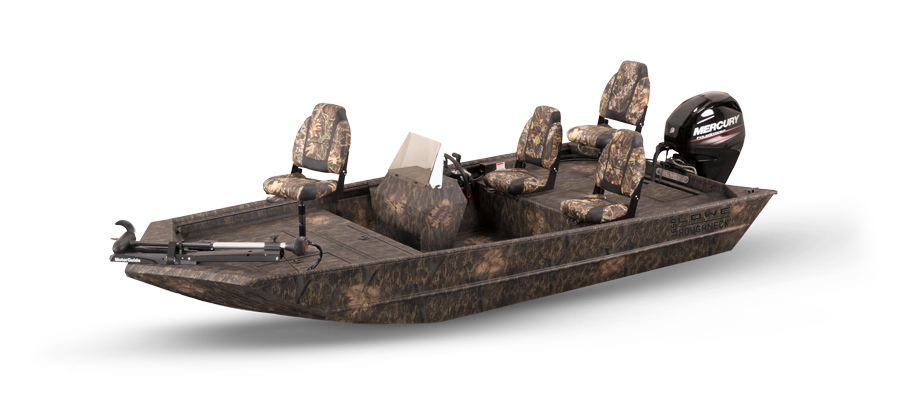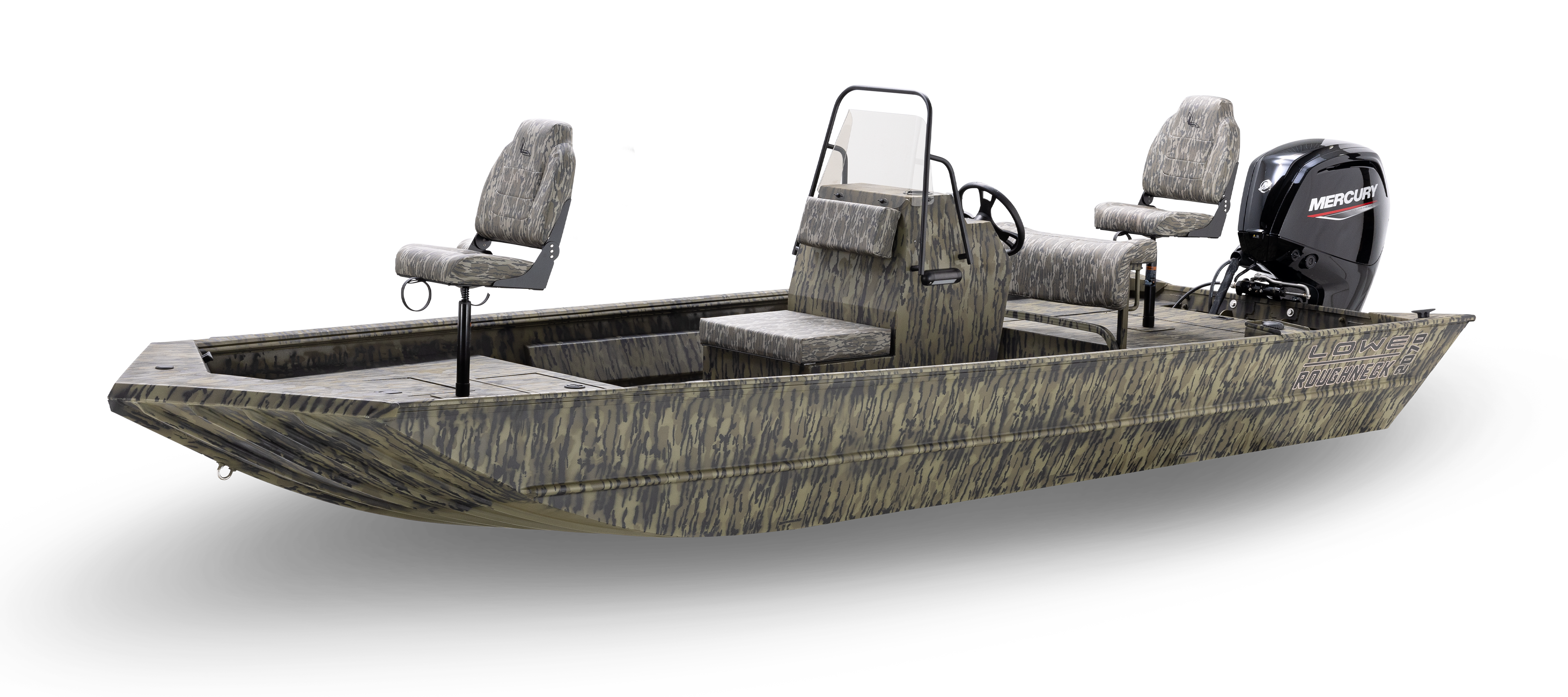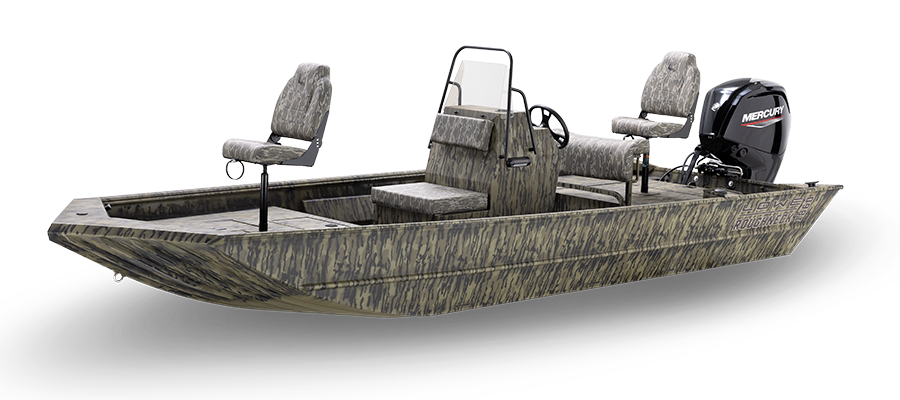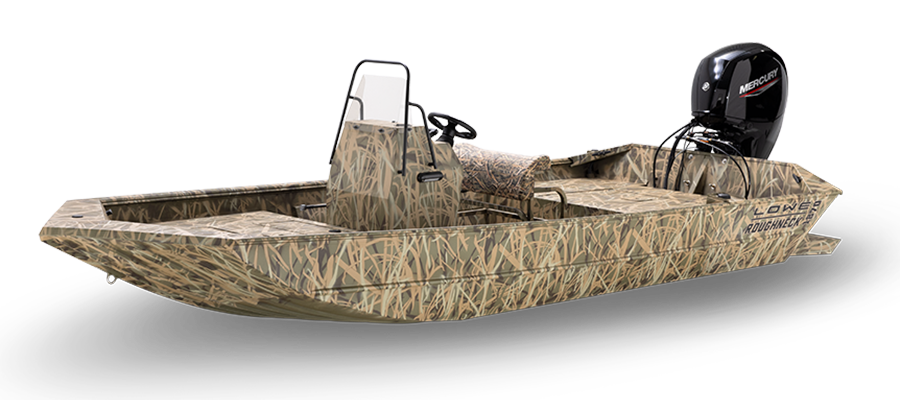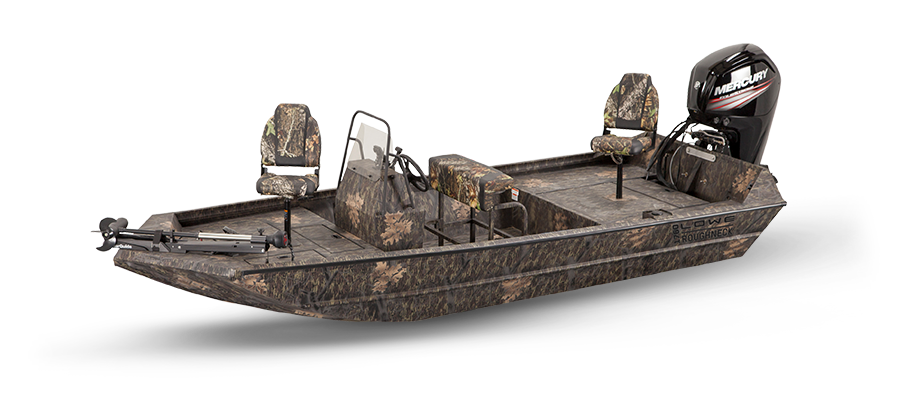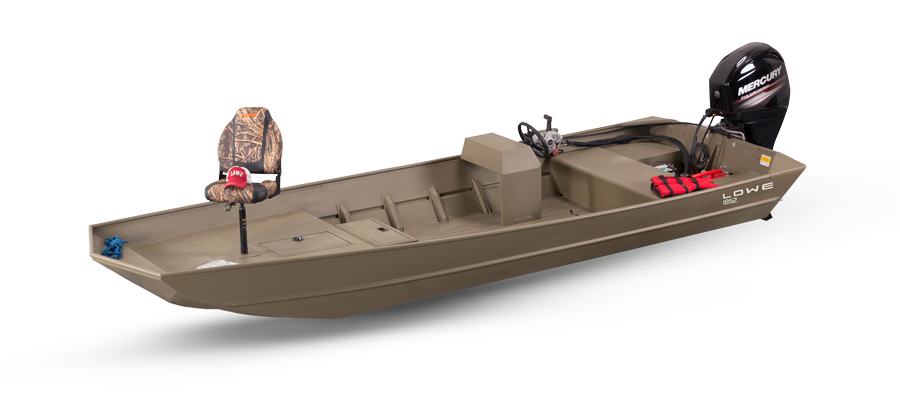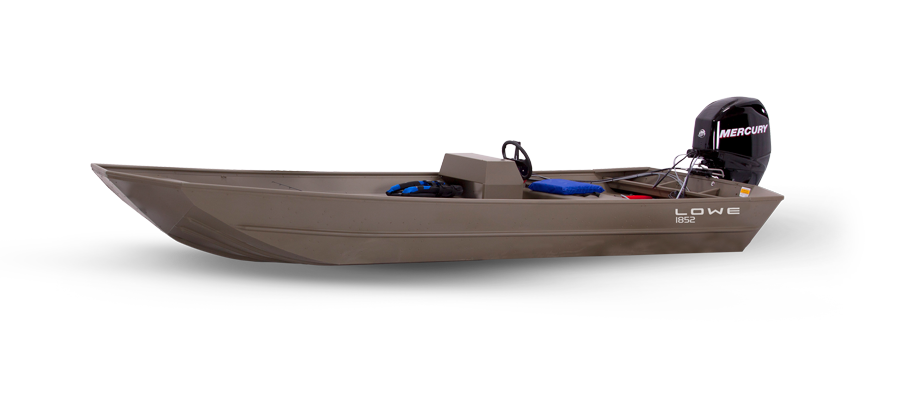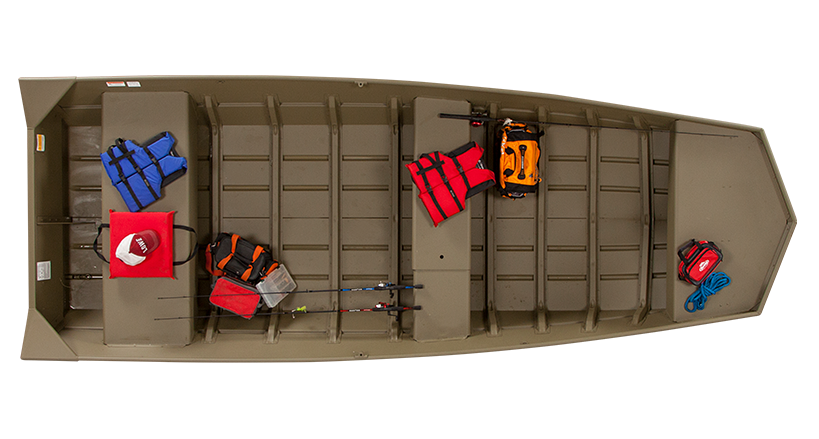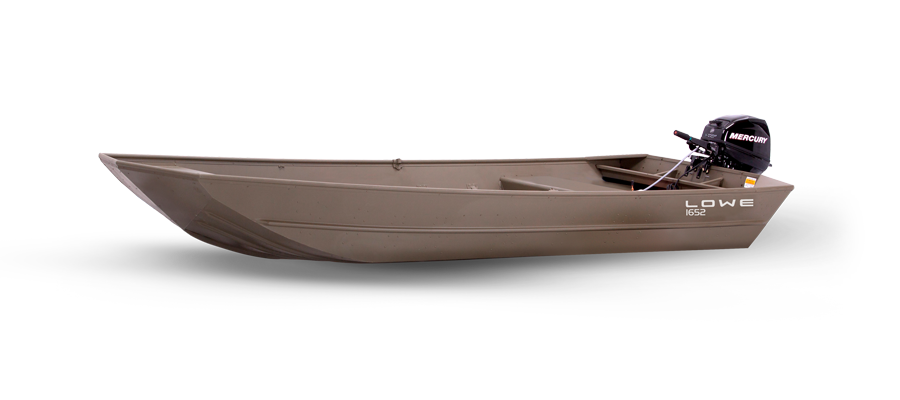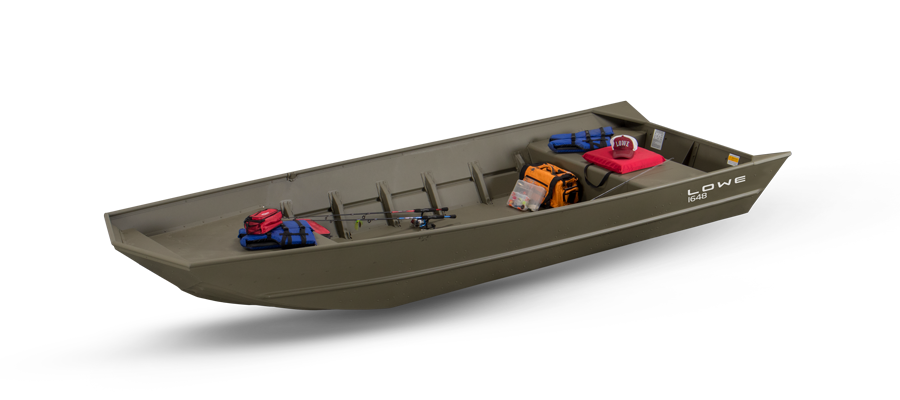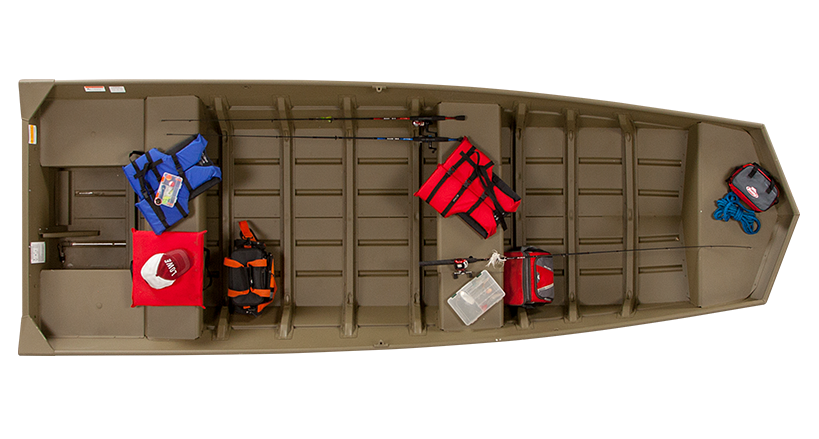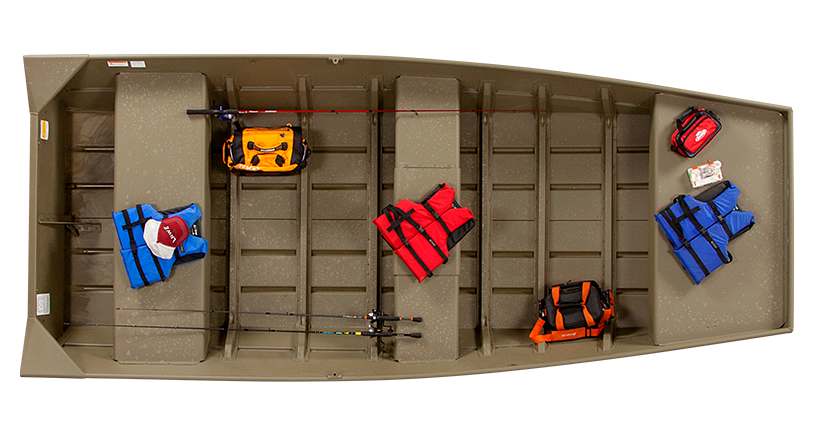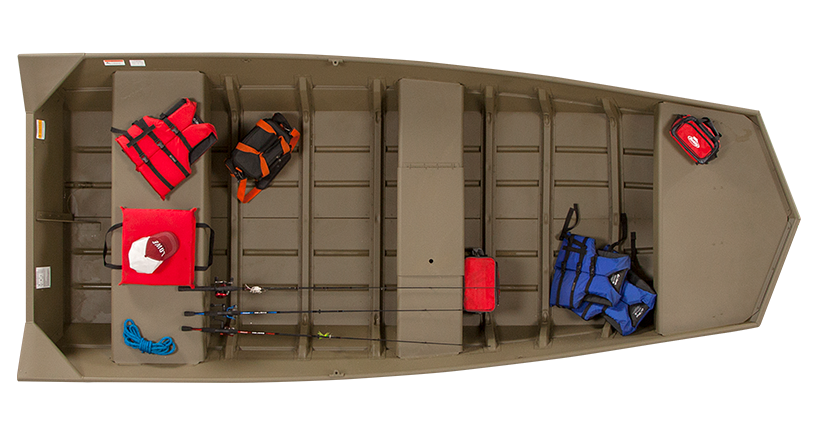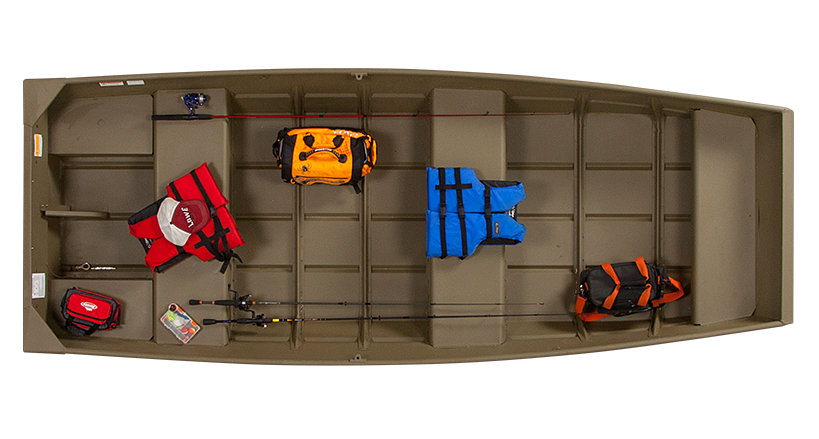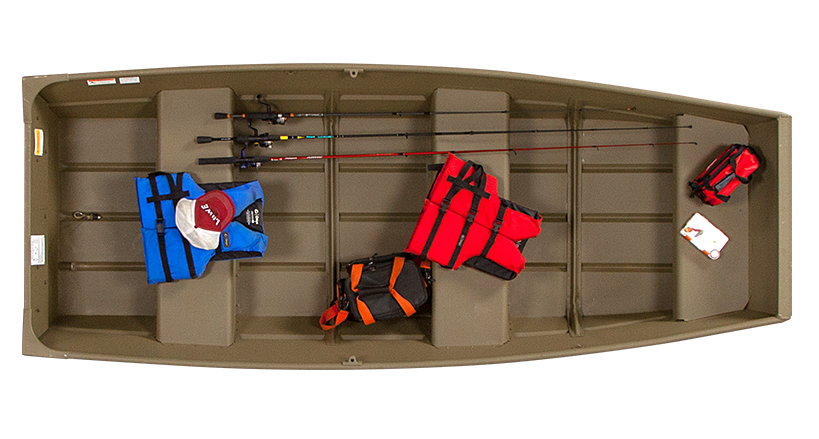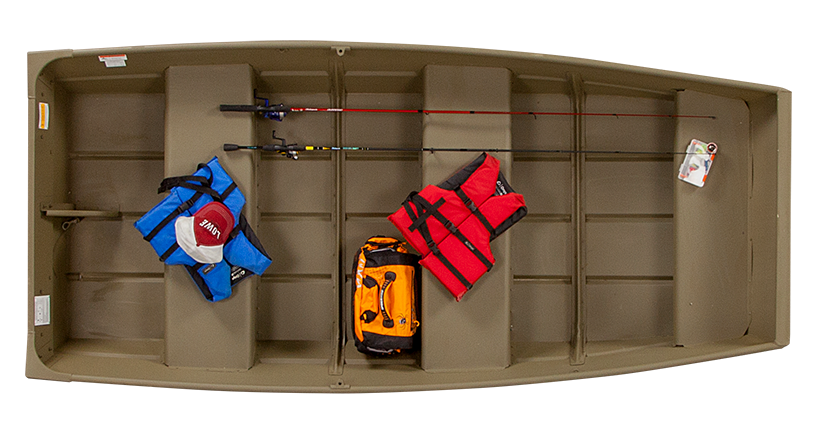
Boat Terms Every New Boater Should Know
If you're new to boating, you need to get up to speed on some of the basics in boating terminology and lingo. Read on for helpful boat terms every new boater should know.
Navigating the Basics: Understanding the Four Sides of a Boat
Each side of the boat serves a distinct purpose, contributing to the vessel's stability, maneuverability, and overall safety.
Navigating the Basics: Understanding the Four Sides of a Boat
Each side of the boat serves a distinct purpose, contributing to the vessel's stability, maneuverability, and overall safety.
1. Port Side
The port side of a boat is its left side when facing forward, or toward the bow. To remember which side is port, think of it as having four letters, just like "left." Portside is where you'll find the red navigation light, and it's often marked with a red stripe or marker.
2. Starboard Side
The starboard side is the right side when facing forward. Out of these terms, understanding "Port" and "Starboard" is particularly essential. To help remember, most boats have the captain on the right or Starboard side because they're the "star."
3. Bow (Forward)
The bow, also known as the forward or front of the boat, is where your adventure begins.
4. Stern (Aft)
Opposite of the bow is the stern, also known as the aft or rear. This is where you'll typically find the boat's engine or propulsion system.
Here’s a glossary of boating terms that will bring you up to speed:
A
Aft — Toward the back of the boat
Aground — Touching the bottom, or stuck on it.
Aids to navigation — Artificial objects that mark safe and unsafe waters.
Amidships — The center of the boat, or toward it.
Anchorage — A suitable place to drop the hook based on wind, sea and bottom conditions.
Astern — In back of the boat (opposite of ahead).
Aweigh — The position of the anchor as it’s raised clear of the bottom, as in “anchors aweigh!”
B
Batten down — Secure loose objects.
Beam — The greatest width of the boat.
Boat hook — A pole with a fitting on one end that can be used to put a line over a piling, retrieve something from the water or fending off a dock or another boat.
Bow — The forward part of the boat.
Buoy — An anchored float used to mark a hazard, shoal waters or a position on the water; it also can be used for mooring.
C
Cast off — To let go (as in “casting off the docklines”).
Cleat — A fitting to which the boat’s lines are secured. The most common one is shaped like an anvil.
Course — The direction in which the boat is steered.
Current — The horizontal movement of water.
D
Displacement — A boat’s weight.
Draft — The depth of water a boat “draws” (in other words, how deep does it go?).
E
Ebb current / tide — A receding current or tide.
F
Fender — A cushion placed between boats or the boat and a dock to prevent damage. (Note: They’re not called bumpers!)
Flood current / tide — An incoming current or tide
Fouled — Something that is dirty, jammed or entangled.
Freeboard — The distance from the surface of the water to the gunwale (upper edge of the boat’s sides).
G
Gunwale — Upper edge of the boat’s sides, pronounced (and sometimes called) “gunnel.”
H
Heading — The direction in which the boat is pointing.
Helm — The control station of the boat (being “at the helm” is being at the wheel).
Hull — The main body of the boat.
L
Leeward — The direction away from the wind.
Leeway — A boat’s sideways motion due to wind and/or current.
Line — Ropes used aboard a boat. (Note: Never call them “ropes!” They’re ropes in the store; once they’re on the boat, they’re lines.)
M
Mooring — Securing a boat to a mooring buoy or to a dock.
P
Piloting — Navigation through use of visual references.
Planing — Moving on top of the water rather than through the water.
Planing hull — A hull shaped to glide smoothly over the water (a “displacement hull” moves through the water).
Port — The left side of a boat, looking forward. Also another word for harbor, as in “returning to port.”
Port of call — A stopping-over spot during a cruise, as in “we made the village our next port of call.”
R
Rode — The anchor line and/or chain.
Rudder — The vertical plate/board at the stern that steers the boat.
Running lights — The lights that must be shown on a boat if it’s operating on the water between sunset and sunrise.
S
Set — Direction the current is flowing.
Slack — Not fastened; loose.
Slack tide — Occurs at the moment the current reverses.
Sounding — A measure of water depth.
Starboard — The right side of the boat, looking forward.
Stern — The aft part of the boat.
Stow — To put an item away in a secure place.
T
Transom — The boat’s stern cross section.
Trim — The fore and aft balance of the boat.
W
Waterline — The point to which a boat sinks in the water when it’s trimmed correctly.
Windward — The direction from which the wind is coming.
Now you know a little of the lingo, it’s time to get out there and make your own boating stories!



